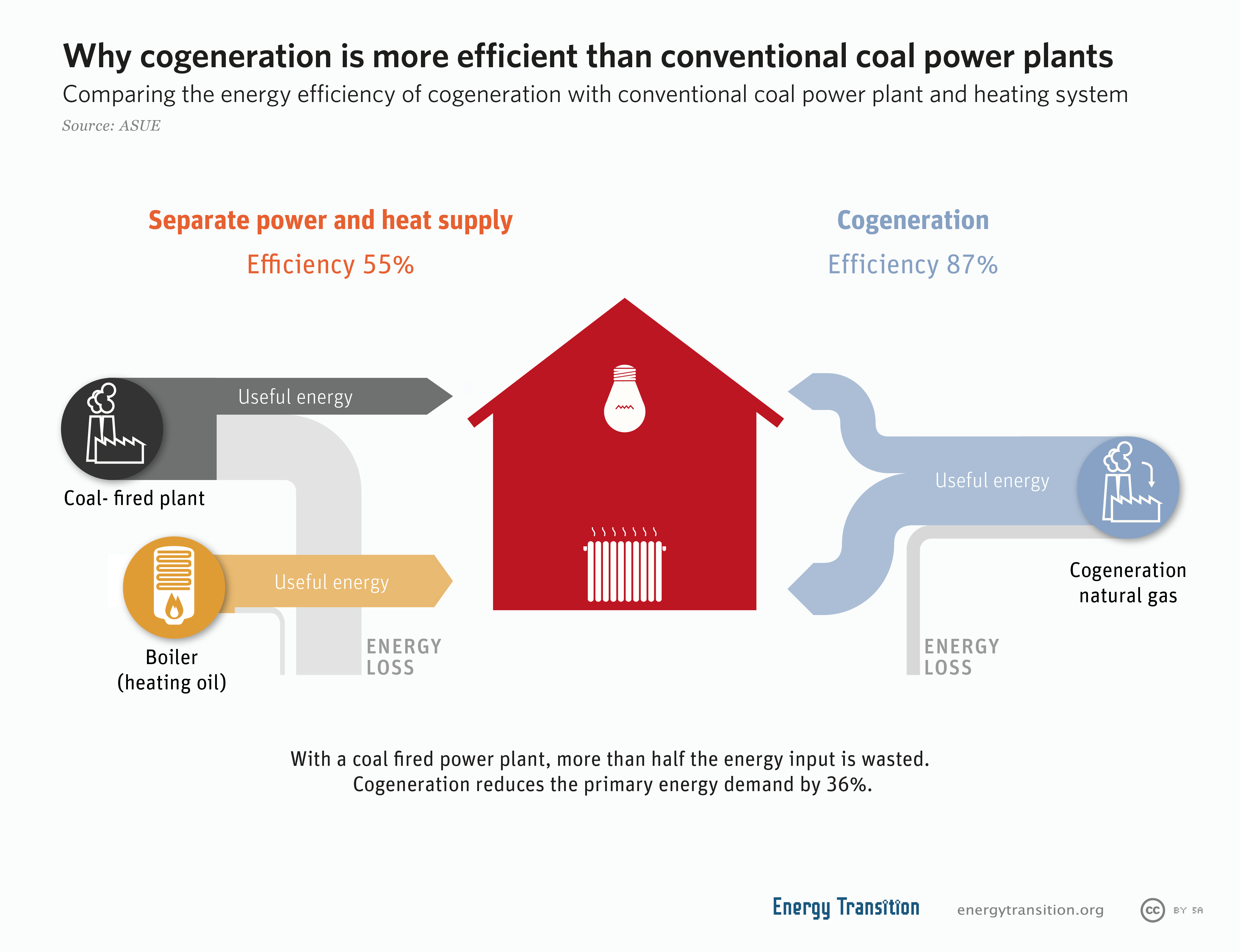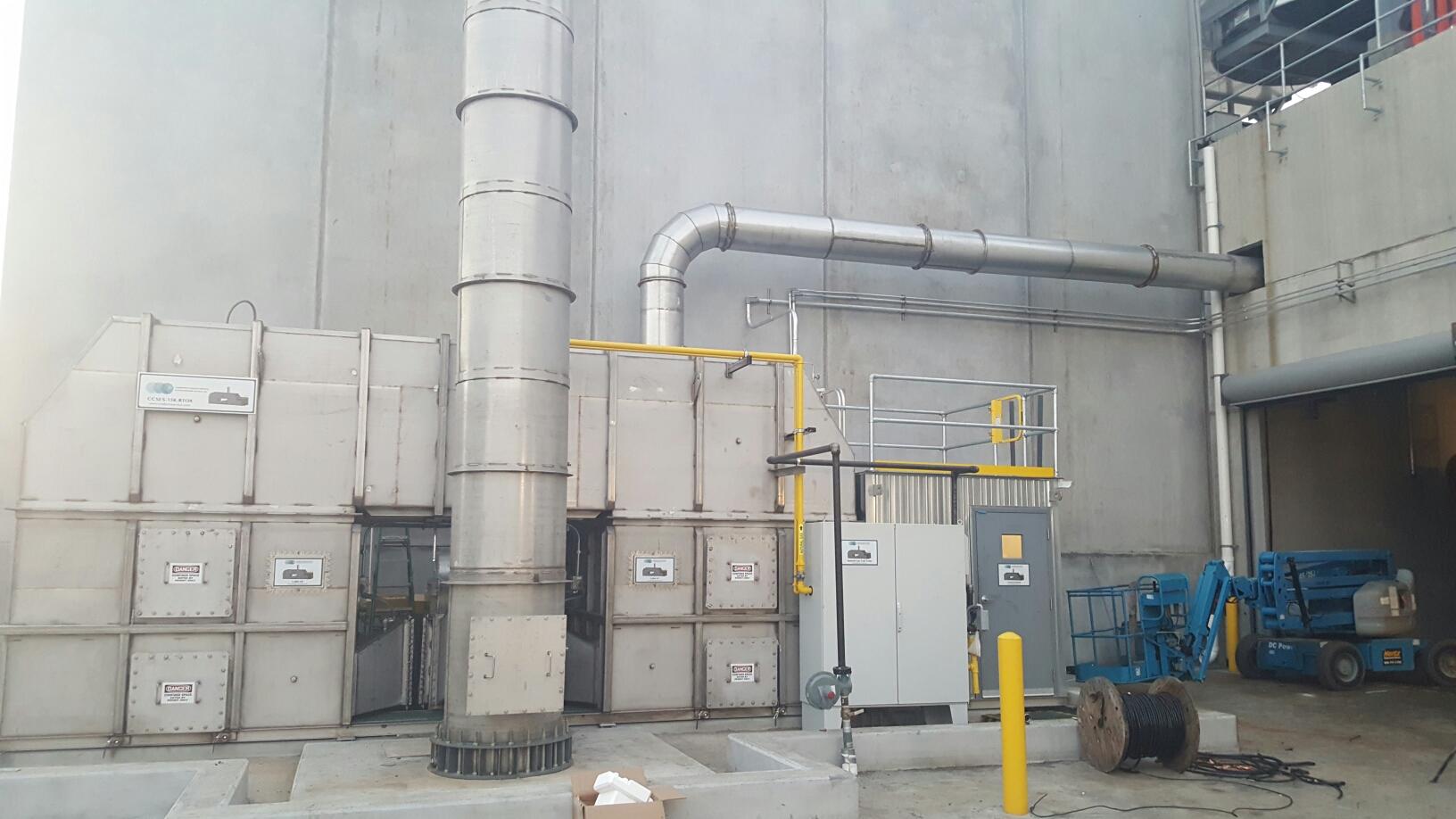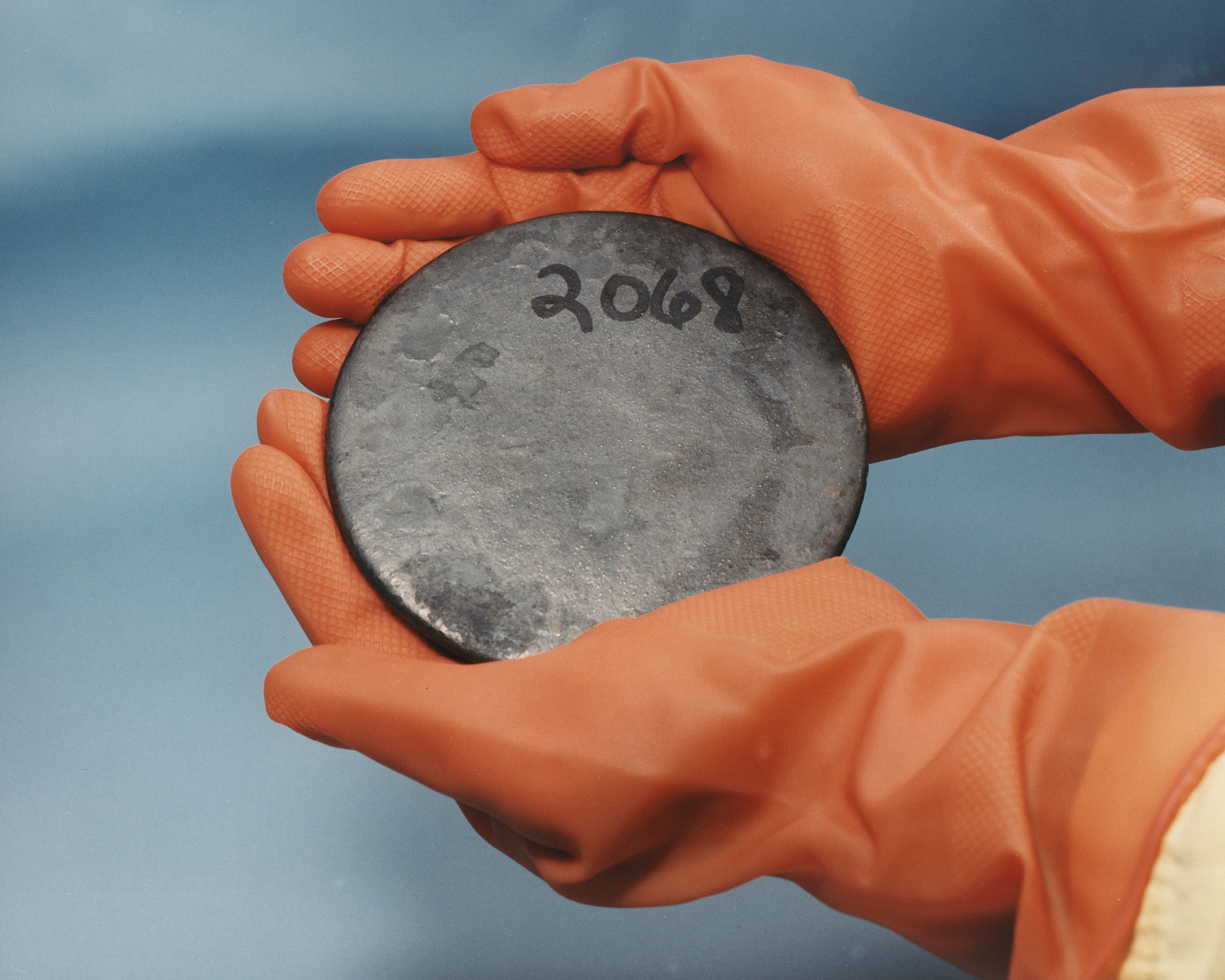|
Energy Returned On Energy Invested
In energy economics and ecological energetics, energy return on investment (EROI), also sometimes called energy returned on energy invested (ERoEI), is the ratio of the amount of usable energy (the '' exergy'') delivered from a particular energy resource to the amount of exergy used to obtain that energy resource. Arithmetically the EROI can be defined as: : EROI = \frac. When the EROI of a source of energy is less than or equal to one, that energy source becomes a net "energy sink", and can no longer be used as a source of energy. A related measure, called energy stored on energy invested (ESOEI), is used to analyse storage systems. To be considered viable as a prominent fuel or energy source a fuel or energy must have an EROI ratio of at least 3:1. History The energy analysis field of study is credited with being popularized by Charles A. S. Hall, a Systems ecology and biophysical economics professor at the State University of New York. Hall applied the biological met ... [...More Info...] [...Related Items...] OR: [Wikipedia] [Google] [Baidu] |
Energy Economics
Energy economics is a broad scientific subject area which includes topics related to supply and use of energy in societies. Considering the cost of energy services and associated value gives economic meaning to the efficiency at which energy can be produced. Energy services can be defined as functions that generate and provide energy to the “desired end services or states”. The efficiency of energy services is dependent on the engineered technology used to produce and supply energy. The goal is to minimise energy input required (e.g. kWh, mJ, see Units of Energy) to produce the energy service, such as lighting ( lumens), heating (temperature) and fuel (natural gas). The main sectors considered in energy economics are transportation and building, although it is relevant to a broad scale of human activities, including households and businesses at a microeconomic level and resource management and environmental impacts at a macroeconomic level. Interdisciplinary scient ... [...More Info...] [...Related Items...] OR: [Wikipedia] [Google] [Baidu] |
Primary Energy
Primary energy (PE) is the energy found in nature that has not been subjected to any human engineered conversion process. It encompasses energy contained in raw fuels and other forms of energy, including waste, received as input to a system. Primary energy can be non-renewable or renewable. Total primary energy supply (TPES) is the sum of production and imports, plus or minus stock changes, minus exports and international bunker storage. The International Recommendations for Energy Statistics (IRES) prefers total energy supply (TES) to refer to this indicator. These expressions are often used to describe the total energy supply of a national territory. Secondary energy is a carrier of energy, such as electricity. These are produced by conversion from a primary energy source. Primary energy is used as a measure in energy statistics in the compilation of energy balances, as well as in the field of energetics. In energetics, a primary energy source (PES) refers to the energy f ... [...More Info...] [...Related Items...] OR: [Wikipedia] [Google] [Baidu] |
International Energy Agency
The International Energy Agency (IEA) is a Paris-based autonomous intergovernmental organization, established in 1974, that provides policy recommendations, analysis and data on the global energy sector. The 31 member countries and 13 association countries of the IEA represent 75% of global energy demand. The IEA was set up under the framework of the Organisation for Economic Co-operation and Development (OECD) in the aftermath of the 1973 oil crisis to respond to physical disruptions in global oil supplies, provide data and statistics about the global Petroleum industry, oil market and Energy industry, energy sector, promote energy savings and conservation, and establish international technical collaboration. Since its founding, the IEA has also coordinated use of the oil reserves that its members are required to hold. By regularly underestimating the role of renewable energies and overestimating the growth of nuclear energy, the IEA promotes the nuclear industry. In subsequen ... [...More Info...] [...Related Items...] OR: [Wikipedia] [Google] [Baidu] |
Cogeneration
Cogeneration or combined heat and power (CHP) is the use of a heat engine or power station to generate electricity and useful heat at the same time. Cogeneration is a more efficient use of fuel or heat, because otherwise- wasted heat from electricity generation is put to some productive use. Combined heat and power (CHP) plants recover otherwise wasted thermal energy for heating. This is also called combined heat and power district heating. Small CHP plants are an example of decentralized energy. By-product heat at moderate temperatures ( can also be used in absorption refrigerators for cooling. The supply of high-temperature heat first drives a gas or steam turbine-powered generator. The resulting low-temperature waste heat is then used for water or space heating. At smaller scales (typically below 1 MW), a gas engine or diesel engine may be used. Cogeneration is also common with geothermal power plants as they often produce relatively low grade heat. Binary cycle ... [...More Info...] [...Related Items...] OR: [Wikipedia] [Google] [Baidu] |
Water Desalination
Desalination is a process that removes mineral components from saline water. More generally, desalination is the removal of salts and minerals from a substance. One example is soil desalination. This is important for agriculture. It is possible to desalinate saltwater, especially sea water, to produce water for human consumption or irrigation. The by-product of the desalination process is brine. Many seagoing ships and submarines use desalination. Modern interest in desalination mostly focuses on cost-effective provision of fresh water for human use. Along with recycled wastewater, it is one of the few water resources independent of rainfall. Due to its energy consumption, desalinating sea water is generally more costly than fresh water from surface water or groundwater, water recycling and water conservation; however, these alternatives are not always available and depletion of reserves is a critical problem worldwide. Desalination processes are using either thermal methods (i ... [...More Info...] [...Related Items...] OR: [Wikipedia] [Google] [Baidu] |
District Heating
District heating (also known as heat networks) is a system for distributing heat generated in a centralized location through a system of insulated pipes for residential and commercial heating requirements such as space heater, space heating and water heating. The heat is often obtained from a cogeneration plant burning fossil fuels or biomass, but heating plant, heat-only boiler stations, geothermal heating, heat pumps and central solar heating are also used, as well as heat waste from factories and nuclear power electricity generation. District heating plants can provide higher efficiencies and better pollution control than localized boilers. According to some research, district heating with combined heat and power (CHPDH) is the cheapest method of cutting carbon emissions, and has one of the lowest carbon footprints of all fossil generation plants. District heating is ranked number 27 in Drawdown (climate), Project Drawdown's 100 solutions to climate change, global warming. His ... [...More Info...] [...Related Items...] OR: [Wikipedia] [Google] [Baidu] |
Waste Heat
Waste heat is heat that is produced by a machine, or other process that uses energy, as a byproduct of doing work. All such processes give off some waste heat as a fundamental result of the laws of thermodynamics. Waste heat has lower utility (or in thermodynamics lexicon a lower exergy or higher entropy) than the original energy source. Sources of waste heat include all manner of human activities, natural systems, and all organisms, for example, incandescent light bulbs get hot, a refrigerator warms the room air, a building gets hot during peak hours, an internal combustion engine generates high-temperature exhaust gases, and electronic components get warm when in operation. Instead of being "wasted" by release into the ambient environment, sometimes waste heat (or cold) can be used by another process (such as using hot engine coolant to heat a vehicle), or a portion of heat that would otherwise be wasted can be reused in the same process if make-up heat is added to the sys ... [...More Info...] [...Related Items...] OR: [Wikipedia] [Google] [Baidu] |
Nuclear Fission
Nuclear fission is a reaction in which the nucleus of an atom splits into two or more smaller nuclei. The fission process often produces gamma photons, and releases a very large amount of energy even by the energetic standards of radioactive decay. Nuclear fission was discovered by chemists Otto Hahn and Fritz Strassmann and physicists Lise Meitner and Otto Robert Frisch. Hahn and Strassmann proved that a fission reaction had taken place on 19 December 1938, and Meitner and her nephew Frisch explained it theoretically in January 1939. Frisch named the process "fission" by analogy with biological fission of living cells. In their second publication on nuclear fission in February 1939, Hahn and Strassmann predicted the existence and liberation of additional neutrons during the fission process, opening up the possibility of a nuclear chain reaction. For heavy nuclides, it is an exothermic reaction which can release large amounts of energy both as electromagnetic radiat ... [...More Info...] [...Related Items...] OR: [Wikipedia] [Google] [Baidu] |
Fissile
In nuclear engineering, fissile material is material that can undergo nuclear fission when struck by a neutron of low energy. A self-sustaining thermal Nuclear chain reaction#Fission chain reaction, chain reaction can only be achieved with fissile material. The predominant Neutron temperature, neutron energy in a system may be typified by either slow neutrons (i.e., a thermal system) or fast neutrons. Fissile material can be used to fuel thermal-neutron reactors, fast-neutron reactors and nuclear explosives. Fissile vs fissionable The term ''fissile'' is distinct from ''fissionable''. A nuclide that can undergo nuclear fission (even with a low probability) after capturing a neutron of high or low energy is referred to as ''fissionable''. A fissionable nuclide that can undergo fission with a high probability after capturing a low-energy thermal neutron is referred to as ''fissile''. Fissionable materials include those (such as uranium-238) for which fission can be induce ... [...More Info...] [...Related Items...] OR: [Wikipedia] [Google] [Baidu] |
Photosynthesis
Photosynthesis ( ) is a system of biological processes by which photosynthetic organisms, such as most plants, algae, and cyanobacteria, convert light energy, typically from sunlight, into the chemical energy necessary to fuel their metabolism. ''Photosynthesis'' usually refers to oxygenic photosynthesis, a process that produces oxygen. Photosynthetic organisms store the chemical energy so produced within intracellular organic compounds (compounds containing carbon) like sugars, glycogen, cellulose and starches. To use this stored chemical energy, an organism's cells metabolize the organic compounds through cellular respiration. Photosynthesis plays a critical role in producing and maintaining the oxygen content of the Earth's atmosphere, and it supplies most of the biological energy necessary for complex life on Earth. Some bacteria also perform anoxygenic photosynthesis, which uses bacteriochlorophyll to split hydrogen sulfide as a reductant instead of water, p ... [...More Info...] [...Related Items...] OR: [Wikipedia] [Google] [Baidu] |
Solar Insolation
Solar irradiance is the power per unit area ( surface power density) received from the Sun in the form of electromagnetic radiation in the wavelength range of the measuring instrument. Solar irradiance is measured in watts per square metre (W/m2) in SI units. Solar irradiance is often integrated over a given time period in order to report the radiant energy emitted into the surrounding environment (joule per square metre, J/m2) during that time period. This integrated solar irradiance is called solar irradiation, solar radiation, solar exposure, solar insolation, or insolation. Irradiance may be measured in space or at the Earth's surface after atmospheric absorption and scattering. Irradiance in space is a function of distance from the Sun, the solar cycle, and cross-cycle changes.Michael Boxwell, ''Solar Electricity Handbook: A Simple, Practical Guide to Solar Energy'' (2012), pp. 41–42. Irradiance on the Earth's surface additionally depends on the tilt of the measur ... [...More Info...] [...Related Items...] OR: [Wikipedia] [Google] [Baidu] |
Oil Sands
Oil sands are a type of unconventional petroleum deposit. They are either loose sands, or partially consolidated sandstone containing a naturally occurring mixture of sand, clay, and water, soaked with bitumen (a dense and extremely viscous form of petroleum). Significant bitumen deposits are reported in Canada, Kazakhstan, Russia, and Venezuela. The estimated worldwide deposits of oil are more than . Proven reserves of bitumen contain approximately 100 billion barrels, and total natural bitumen reserves are estimated at worldwide, of which , or 70.8%, are in Alberta, Canada. Crude bitumen is a thick, sticky form of crude oil, and is so viscous that it will not flow unless heated or diluted with lighter hydrocarbons such as light crude oil or natural-gas condensate. At room temperature, it is much like cold molasses. The Orinoco Belt in Venezuela is sometimes described as oil sands, but these deposits are non-bituminous, falling instead into the category of heavy or ... [...More Info...] [...Related Items...] OR: [Wikipedia] [Google] [Baidu] |








